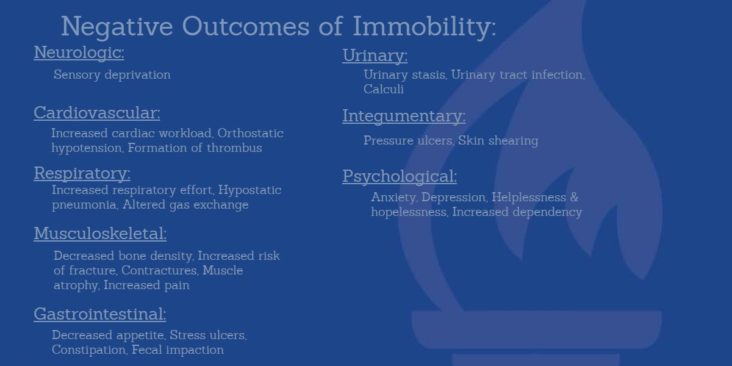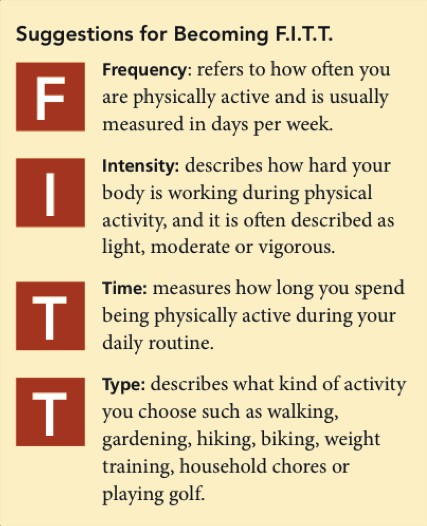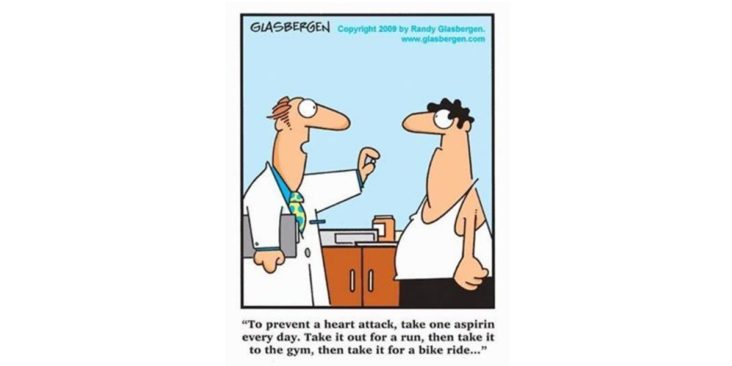


If you had to guess, what’s the one thing that almost all new patients have in common when they first arrive to clinic to be evaluated? Pain. Whether it is a new onset of symptoms that started after moving a big beautiful sofa or an unreliable low back that just started hurting with no recollection of injury, the primary motivating factor that brings most patients into the clinic is PAIN.

In the world of physical therapy a very common goal is to increase strength. Some patients love the hands on approach with a skilled therapist while others choose to hit the gym. So if you are one of those individuals that would like to try it on your own there is a very important training tool to keep in mind. The FITT Principle:

Physical therapists are defined by the APTA as “experts in movement and function” but are very often associated with an environment in which they deal with patients who are ill or have undergone surgery. A large part of a physical therapist’s program is directed at preventing injury, loss of movement, and even surgery.

According to a recent national study from Parker, one of America’s leading aging services organizations, most Americans appear hopeful and optimistic about aging.
“This survey underscores how American society’s views on aging are changing for the better, especially as the Baby Boom generation reaches retirement age and beyond,” says Roberto Muñiz, President and CEO of Parker. “Seniors are staying more vibrant, active, and connected well into their seventies, eighties, nineties, and beyond, and society is beginning to embrace that fact.”

Take a look into the life of a physical therapist at Legacy and learn what they wish you knew about them.